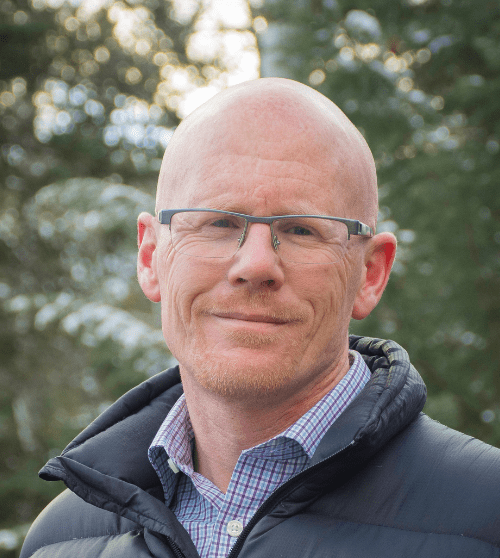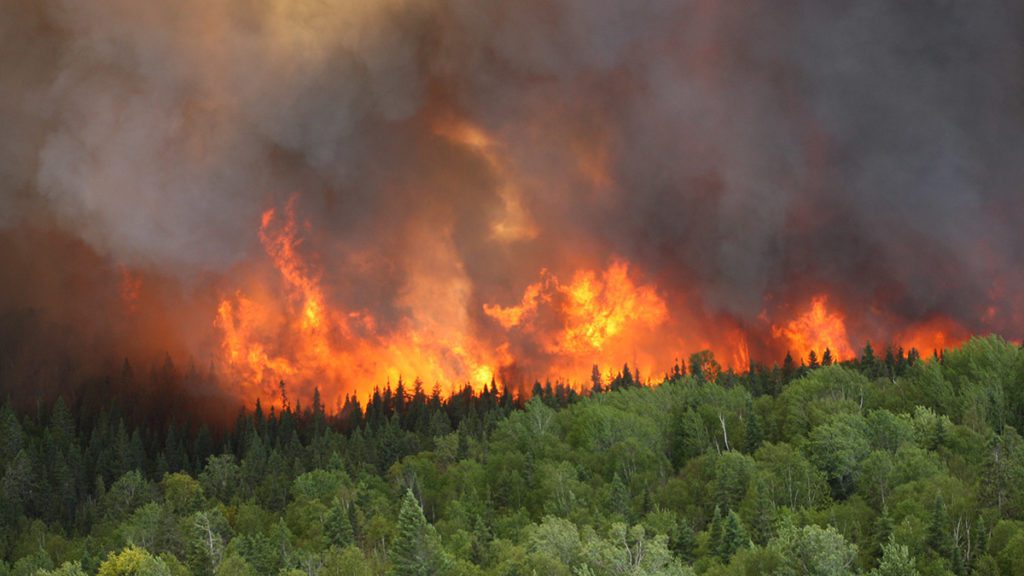For Canada’s major oil and gas producers, Carbon Capture and Storage (CCS) is a get-out-of-jail-free card, which allows them to keep on polluting while appearing as though they are taking the threat of climate change seriously.
CCS is a multi-billion dollar boondoggle that doesn’t come close to the hype, has significant safety risks, and is a substantial distraction from real climate solutions, such as building more renewable energy, increasing electricity transmission infrastructure, and developing and using storage technology.
Want proof? Last week, Capital Power, a major energy company with natural gas, waste heat, wind, solar and, until this week, coal assets, announced that it’s scrapping plans for a $2.6 billion carbon capture facility at its Genesse power plant west of Edmonton.
The company explained that while confident in the technology of CCS, the economics made the project prohibitive. This, even though combined federal and provincial tax credits and grants would hand the company a ’50 per cent off coupon’ for the construction of the facility.
The announcement caught a lot of people by surprise, including Hon. Rebecca Shultz, Alberta’s Minister of the Environment. She blamed Ottawa (that part surprised no one) for not opening the taxpayer’s wallet wider – for a risky, ineffective and unnecessary technology that has never throughout its 50 years come close to expectations for performance.
Carbon capture and storage, is in theory, a process where major carbon emitters such as tar sands facilities or industrial processes such as steel and cement manufacturers scrub the carbon from their emissions and bury it deep underground, presumably forever. Despite billions of dollars in investments by taxpayers, CCS has only removed .0004 per cent of global oil and gas emissions over the past two decades. To call that a failure would be generous.
One can only hope that Alberta’s six largest oil and gas companies, who have banded together to form the lobby and propaganda organization the Pathways Alliance, might take notice too. The Pathways Alliance wants to use more than $16 billion of Canadian taxpayer’s dollars to build a massive CCS project to remove 3MT of carbon from their collective tar sands operations. The tar sands currently (2022) emit 87 MT of carbon each year, so a $16 billion investment of taxpayer money would net a reduction of 3.4 percent. In theory.
The reality is that CCS has never come close to meeting targets for emissions reduction. If Capital Power can’t square the economics of a CCS project that would have received massive subsidies, why would the federal government fork over $16 billion for such a risky project with a low possibility of success? It’s a good question to ask your Member of Parliament.
CCS doesn’t work (very well, or not at all)
When the world’s politicians and oil executives “discovered” carbon capture and storage a decade ago, it was heralded as a miracle technology that would allow fossil fuel companies to keep developing oil and gas reserves and then filter the pollutants from the process for use in manufacturing or enhanced oil recovery, or sequester it deep underground where it would – in theory – stay forever.
Implementing CCS technology, however, on a commercial scale has proven complex and costly. Despite five decades of research, carbon capture has a track record of failure, is very risky and extremely expensive. The vast majority of projects never get off the ground and those that do under perform. Saskatchewan’s Boundary Dam project, operating for a decade now, has only achieved a maximum of 57 per cent efficiency.


Playing Pretend with the Planet
Building out carbon capture on a large scale would require a huge network of dangerous pipelines to transport the carbon to storage sites. Carbon dioxide is an asphyxiant, meaning that it displaces the oxygen in the air. At lower concentrations, it can cause disorientation, confusion, and rapid loss of consciousness. At high concentrations, it is lethal.
CCS is an example of how oil and gas companies are pretending to care about the climate crisis, and are pushing dangerous distractions that they claim can help address greenhouse gas emissions – while allowing them to keep extracting and burning dirty fossil fuels. The engineers behind the Pathways Alliance must recognize that CCS will never be a cost-effective way to reduce greenhouse gas emissions. Why push these false solutions?
Because they don’t care. Recall that they are the same companies that for decades have lied about climate science and discredited climate solutions. Their real goal is to continue business as usual to make as much money as possible before Canadians realize that our interests for a cleaner and safer future have been ignored.
Real solutions, not dangerous distractions, are needed
Fossil fuels are causing the climate crisis. Full stop. The only way to avert catastrophe is to address the root cause. We need to stop using and producing oil and gas. The sooner we accept that, the better chance we have of making the transition with minimal economic disruption. This shift is underway. Sweden, Costa Rica, the United Kingdom, Iceland, Germany and many other countries have demonstrated that a wide range of economies can transition to renewable energy.
Reducing greenhouse gas emissions is possible through technology, and the good news is its tech that has proven to be cost-effective (and getting more so each year), efficient, and abundant. It’s called wind and solar power. It doesn’t allow big polluters to simply keep doing what they have always been doing, which is fuel for the climate crisis we find ourselves in today. Instead, it requires ingenuity, creativity and entrepreneurship; something that Albertans have in spades, but that our political leaders and legacy energy companies have conveniently forgotten.


Capital Power should continue on its path to energy diversification and invest in renewable power opportunities in Alberta, and elsewhere. The Pathways Alliance – and more importantly the federal government – might consider Capital Power’s shelving of CCS as economically untenable before asking for, and forking out $16 billion that might otherwise be used on projects that reduce greenhouse gas emissions for real.
The solutions are here, affordable and are already being scaled up around the world. Capital Power has seen the writing on the wall on CCS. Hopefully, others will too.







